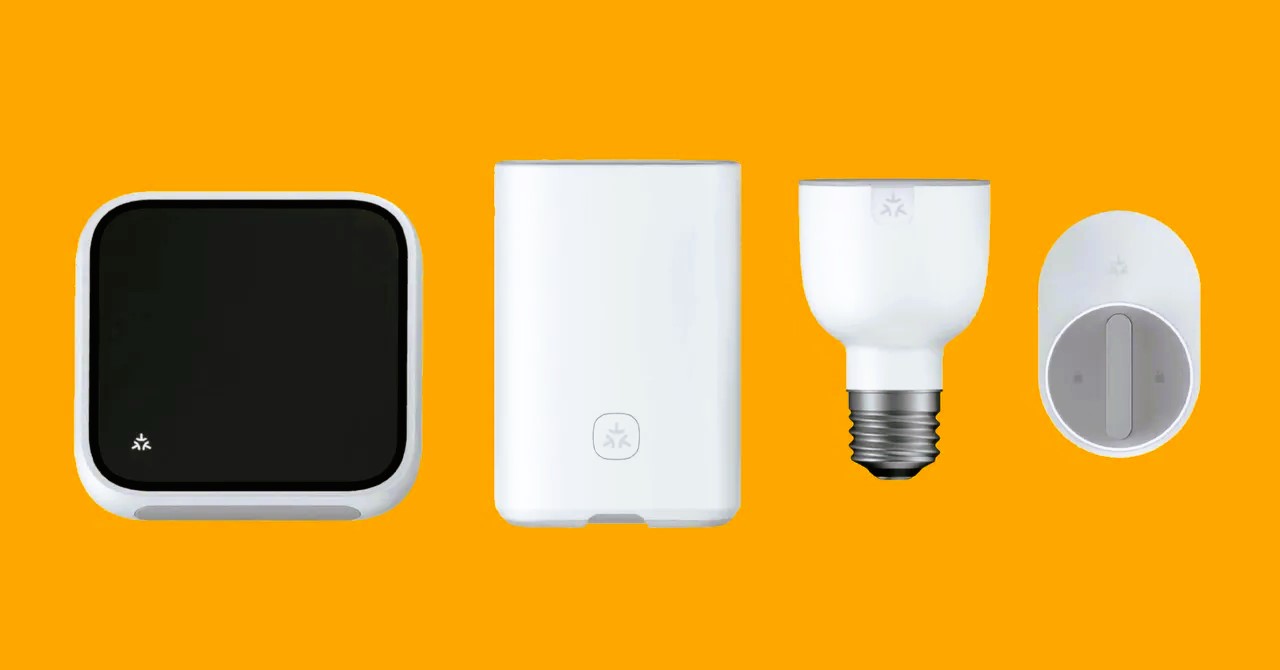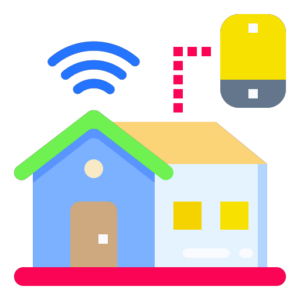In the era of technological advancement, the concept of a “smart home” has become increasingly prevalent, transforming traditional living spaces into intelligent hubs of connectivity and automation. A smart home integrates various devices and technologies to enhance comfort, security, energy efficiency, and overall convenience. In this comprehensive exploration, we will delve into the principles of operation and the overarching purpose of smart home equipment.
Understanding the Principles of Operation:
- Interconnectivity: At the core of a smart home is the principle of interconnectivity. Smart devices within the home communicate with each other through wireless protocols such as Wi-Fi, Zigbee, Z-Wave, or Bluetooth. This interconnectivity allows devices to share information, synchronize actions, and work together seamlessly to create a cohesive and responsive living environment.
- Centralized Control: Smart homes operate on a centralized control model, where a hub or a central controller serves as the command center. This hub can be a dedicated device, a smart speaker, or even a smartphone app. Through this centralized control, users can manage and monitor all connected devices from a single interface, providing a streamlined and user-friendly experience.
- Automation and Artificial Intelligence: Automation is a fundamental principle of smart homes. Devices are programmed to perform tasks autonomously based on predefined conditions or user preferences. Artificial Intelligence (AI) plays a crucial role in enhancing automation by learning user habits and adapting to changing circumstances. For example, a smart thermostat can learn the user’s temperature preferences and adjust settings accordingly over time.
- Remote Accessibility: A key feature of smart homes is the ability to access and control devices remotely. Through internet connectivity, users can manage their smart home equipment from anywhere in the world using smartphones or other connected devices. This remote accessibility adds a layer of convenience, enabling users to monitor security, adjust settings, and receive notifications even when they are away from home.
The Purpose of Smart Home Equipment:
- Enhanced Comfort: Smart home devices are designed to enhance the overall comfort and convenience of daily living. Automated climate control, intelligent lighting systems, and motorized window treatments contribute to creating a personalized and comfortable living space tailored to individual preferences.
- Increased Energy Efficiency: Energy efficiency is a significant focus of smart home equipment. Smart thermostats optimize heating and cooling based on occupancy and user preferences, while smart lighting systems adjust brightness and turn off lights in unoccupied rooms. These energy-saving features not only reduce utility bills but also contribute to a more sustainable and eco-friendly lifestyle.
- Advanced Security: Smart home security features provide a heightened level of protection for residents. Devices such as smart cameras, motion sensors, and smart door locks enhance security by offering real-time monitoring, alert notifications, and remote access control. The integration of these devices creates a comprehensive security ecosystem.
- Effortless Entertainment: Smart home entertainment systems offer a seamless and immersive experience. Devices like smart TVs, streaming devices, and audio systems can be integrated for centralized control, allowing users to manage their entertainment setup effortlessly. Voice-activated controls further enhance the convenience of accessing media content.
- Health and Wellness Monitoring: Some smart home devices extend their functionality to health and wellness monitoring. From fitness trackers to smart scales and sleep monitors, these devices contribute to a holistic understanding of personal well-being. The integration of health data into the smart home ecosystem allows for personalized insights and recommendations.
- Time and Resource Management: Smart home equipment contributes to effective time and resource management. Automated routines and schedules streamline daily tasks, from adjusting thermostat settings to watering the garden. This time-saving aspect allows users to focus on more meaningful activities while the smart home takes care of routine operations.
- Aging in Place: Smart home technology plays a crucial role in facilitating aging in place for seniors. Devices such as smart sensors, fall detection systems, and voice-activated controls provide a supportive and safe living environment. These features enable seniors to maintain independence and receive assistance when needed. Read the article about the growing popularity of smart kitchen appliances directly at this link.

International Standards in Smart Home Technology:
As smart home technology continues to evolve, international standards play a crucial role in ensuring interoperability, security, and reliability. The International Organization for Standardization (ISO) addresses various aspects of smart home technology, from communication protocols to data privacy. Adherence to these standards promotes a consistent and secure experience for users worldwide.
For more information on international standards related to smart home technology, you can refer to the ISO website.
Challenges and Considerations:
While the benefits of smart home technology are vast, users should be aware of potential challenges and considerations:
- Security Concerns: The interconnected nature of smart home devices raises security concerns. It is essential to implement robust security measures, such as secure passwords, regular firmware updates, and the use of trusted devices.
- Privacy Issues: Smart home devices collect and process data, raising privacy considerations. Users should be aware of data collection practices, review privacy policies, and choose devices from reputable manufacturers that prioritize user privacy.
- Compatibility Challenges: Ensuring compatibility between different smart home devices and platforms can be challenging. Users should verify compatibility before purchasing devices and consider the use of universal protocols to promote seamless integration.
Conclusion: Transforming Living Spaces
In conclusion, a smart home system operates on the principles of interconnectivity, centralized control, automation, and remote accessibility. The purpose of smart home equipment is to enhance comfort, increase energy efficiency, improve security, and simplify various aspects of daily living. As the technology continues to advance, adherence to international standards becomes crucial to ensure a consistent and secure smart home experience. Embrace the transformative power of smart home technology, and witness the evolution of living spaces into intelligent, responsive, and personalized environments


